Fun with Grammar: Bringing Language Learning to
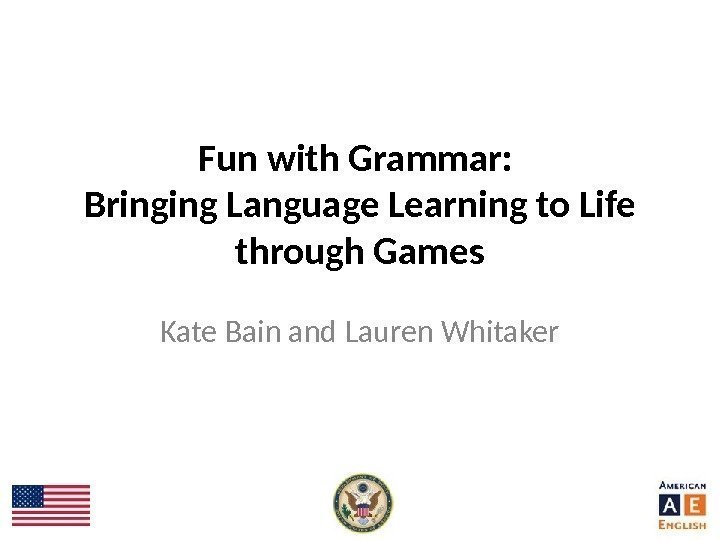
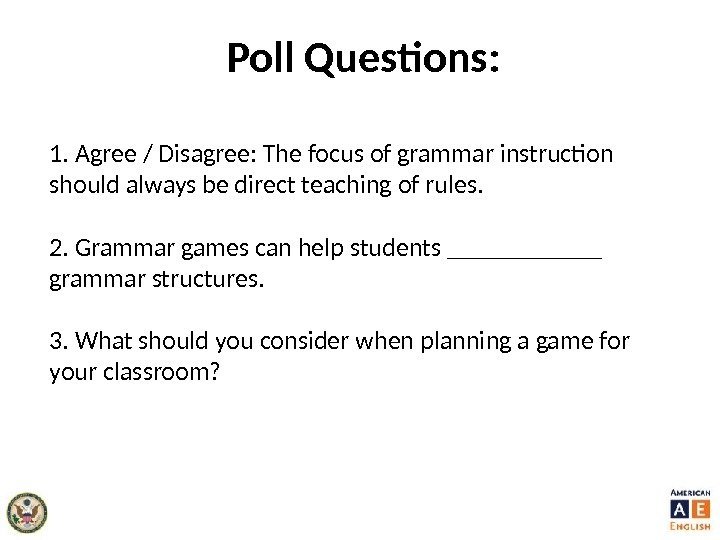
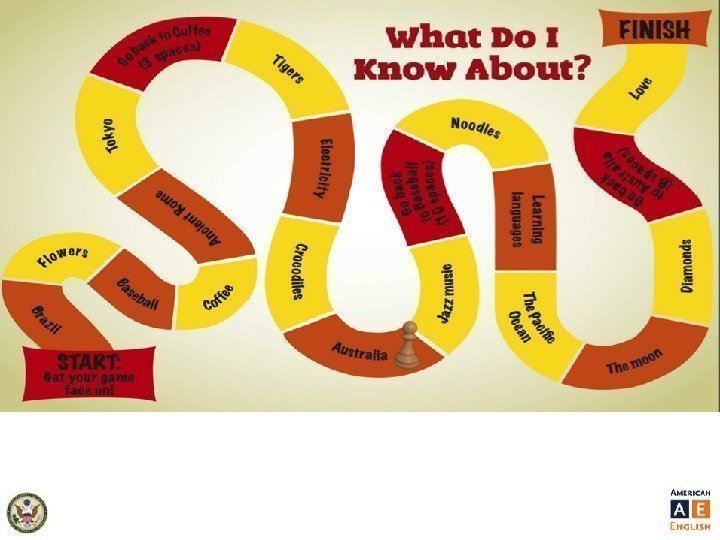
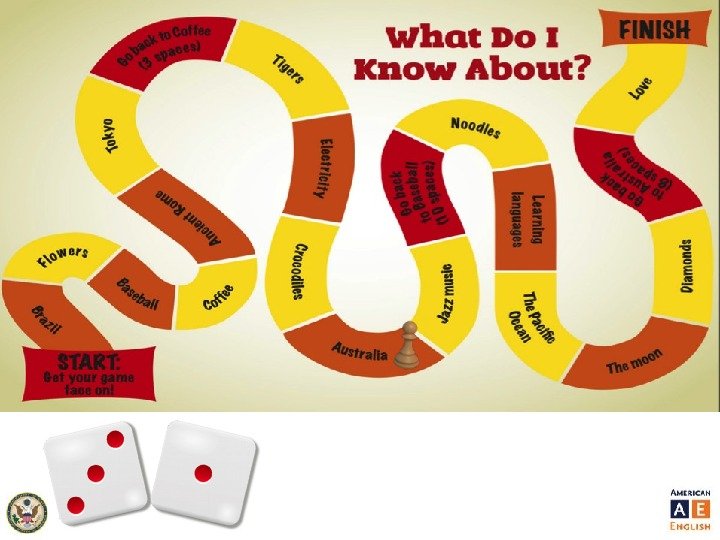
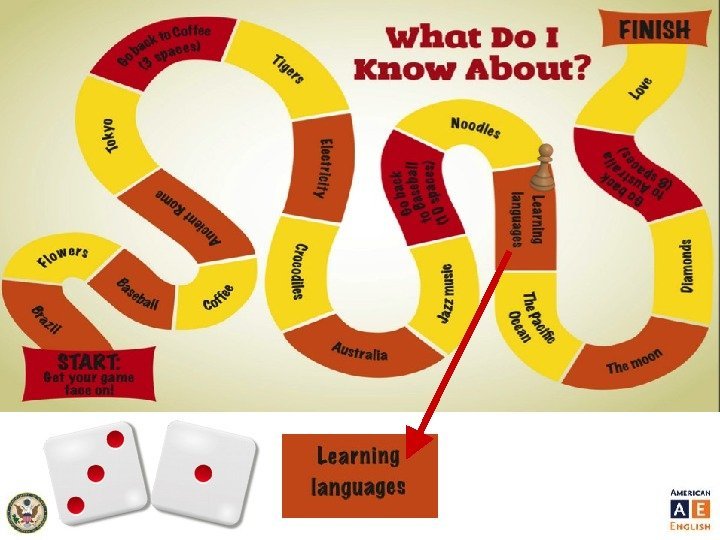
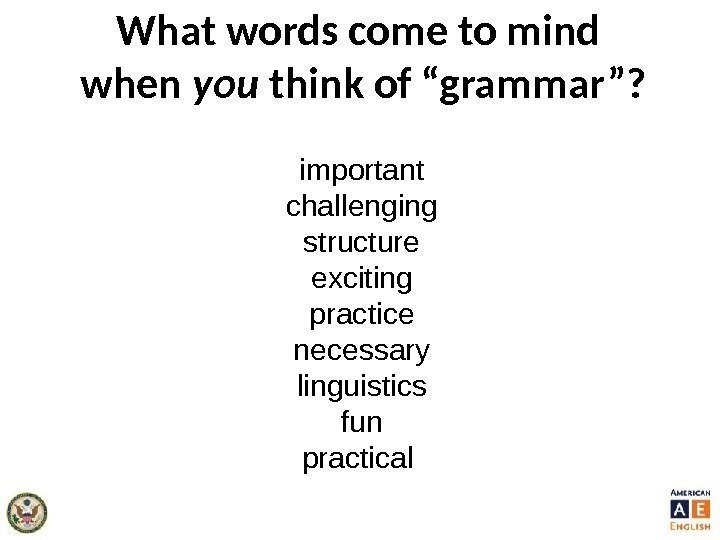
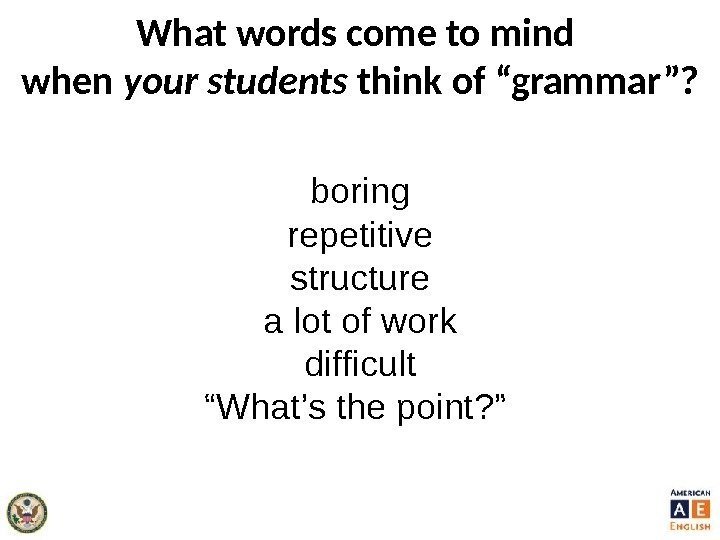
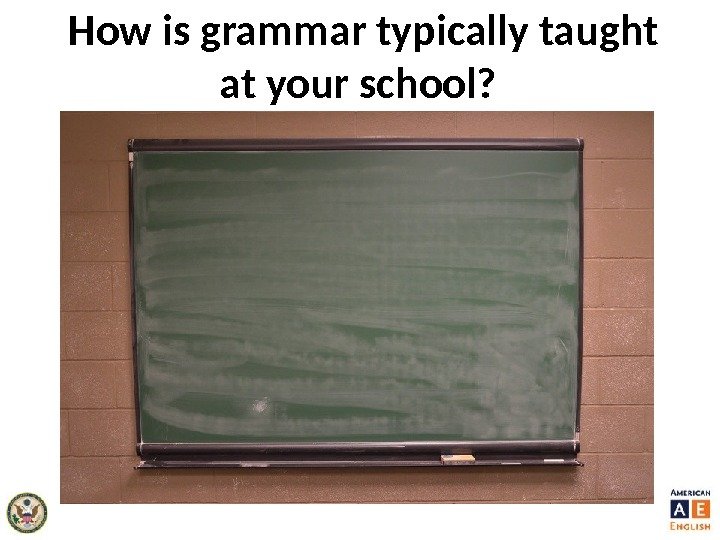
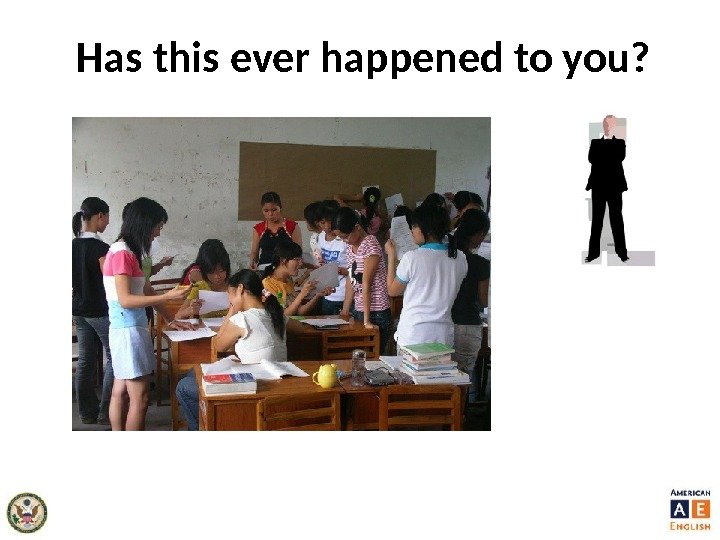
![Why Games? Reviewing, reusing, and recycling newly encountered [language] is imperative if students are Why Games? Reviewing, reusing, and recycling newly encountered [language] is imperative if students are](http://present5.com/presentforday2/20170223/5.1funwithgrammar_ning_part1_images/5.1funwithgrammar_ning_part1_9.jpg)
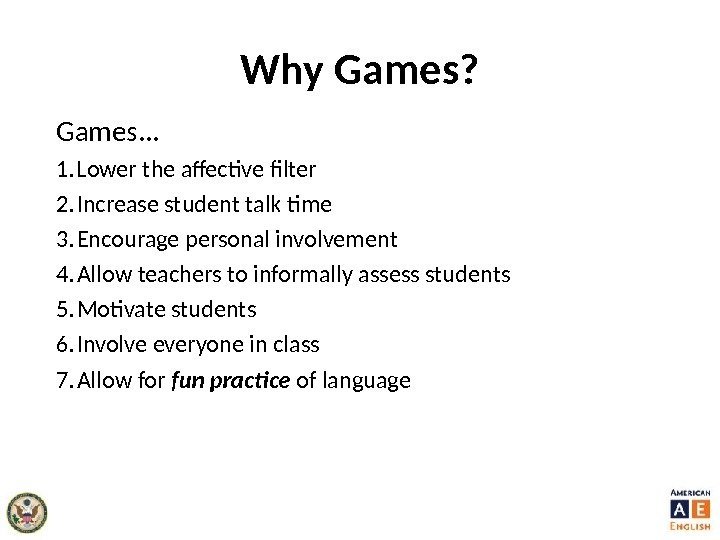
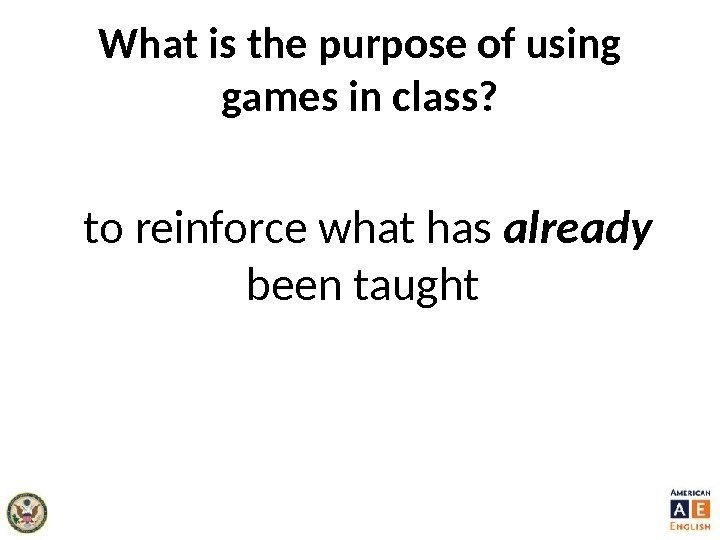
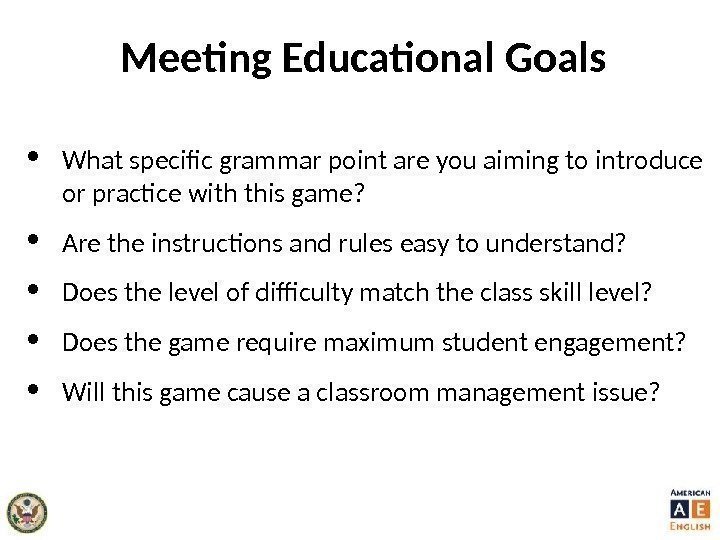
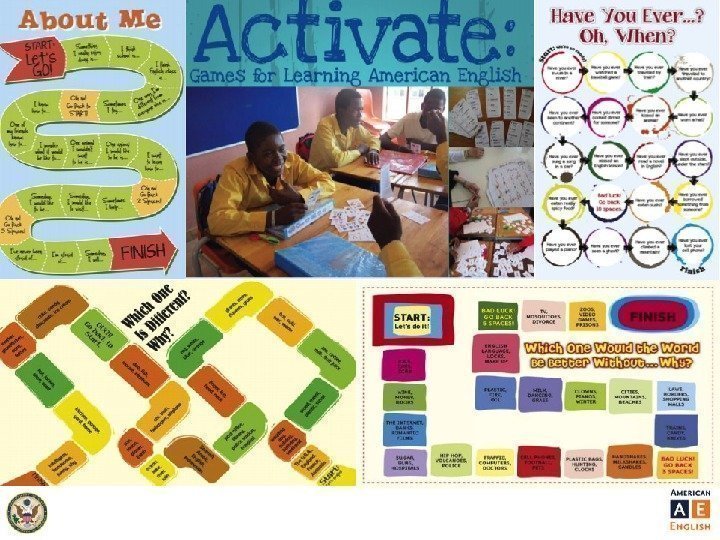
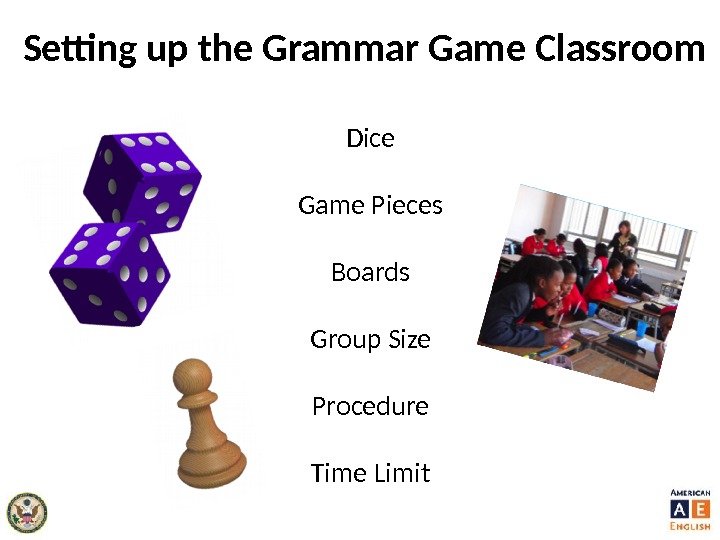
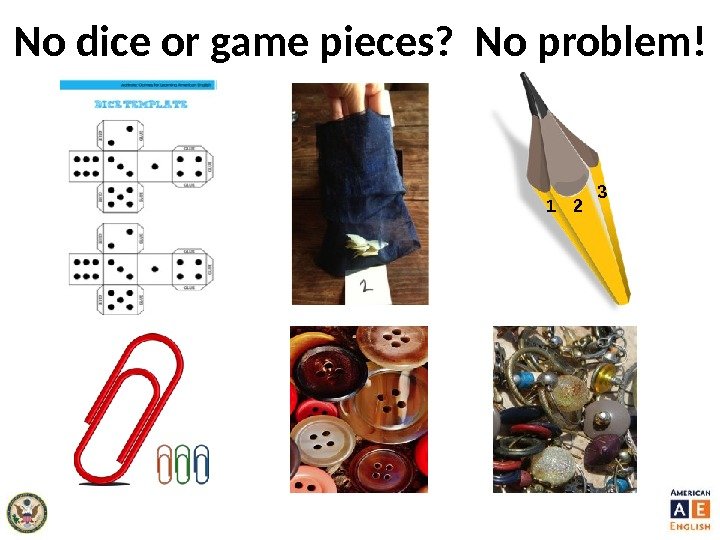
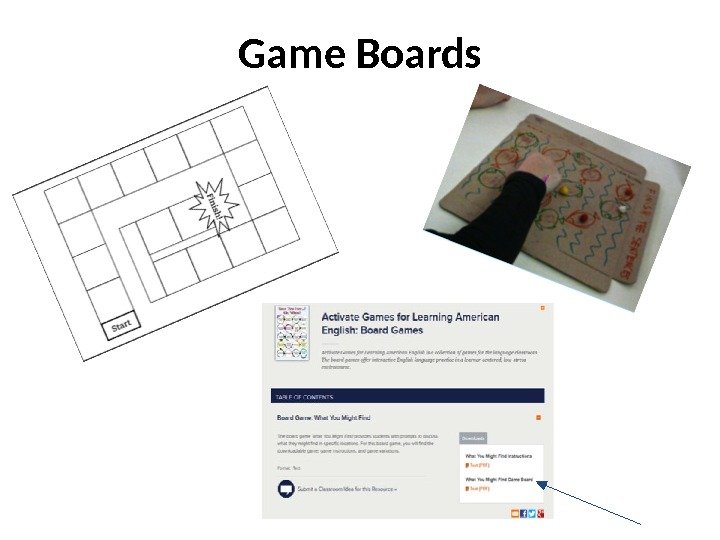
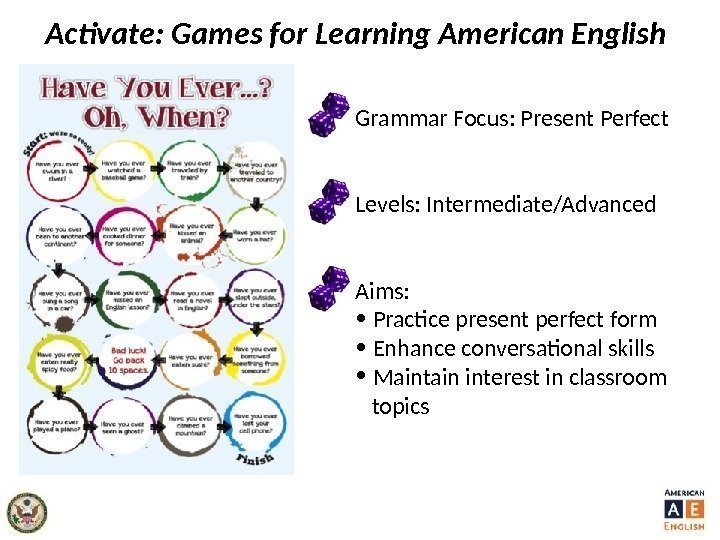
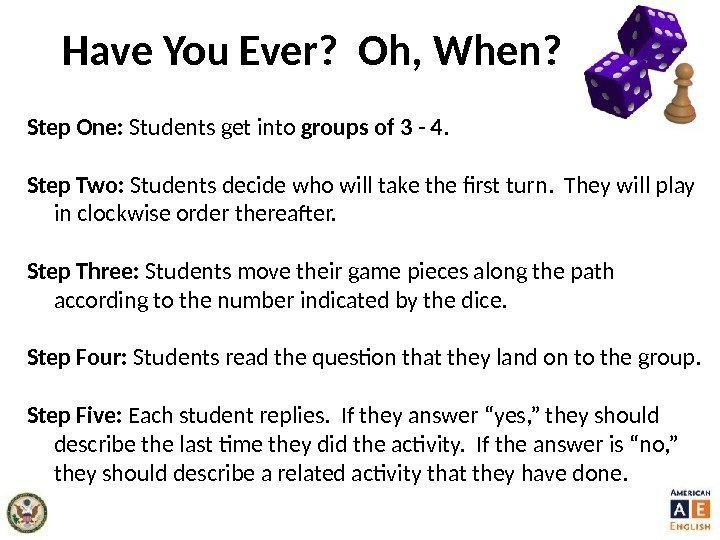
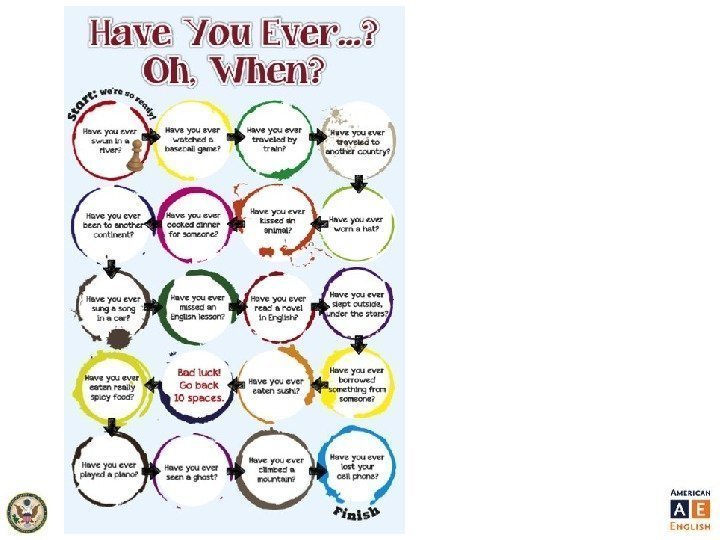
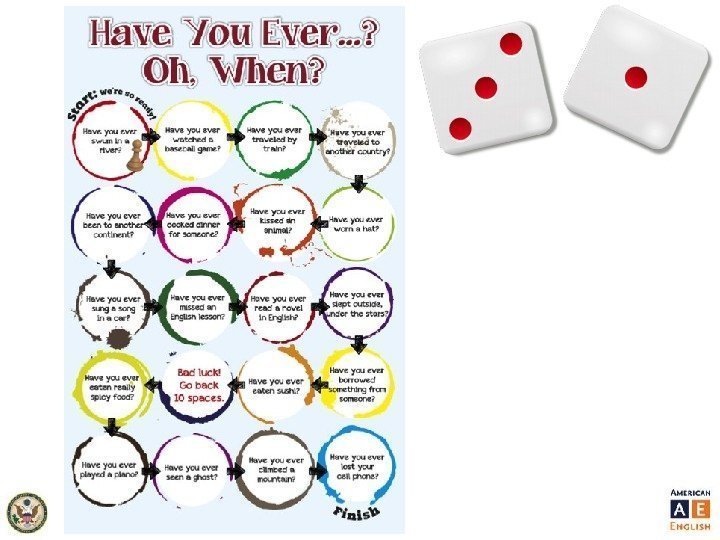
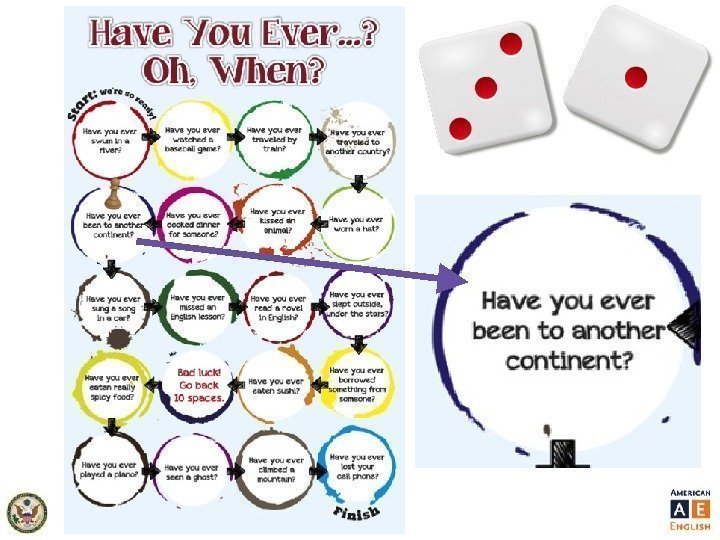
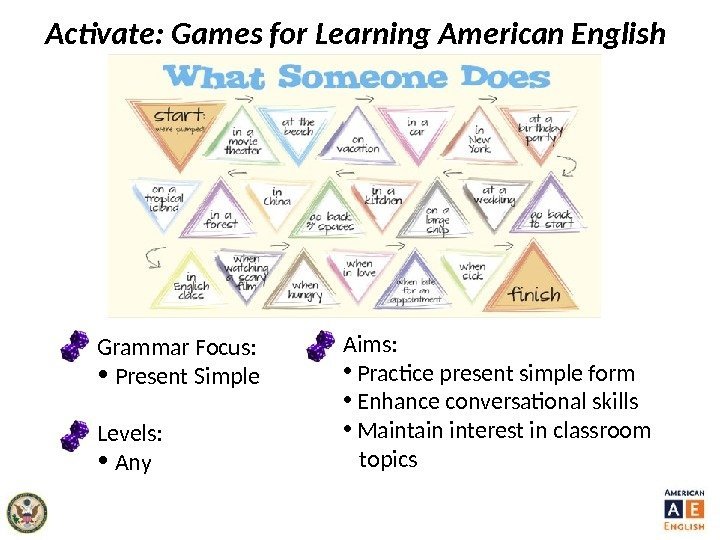
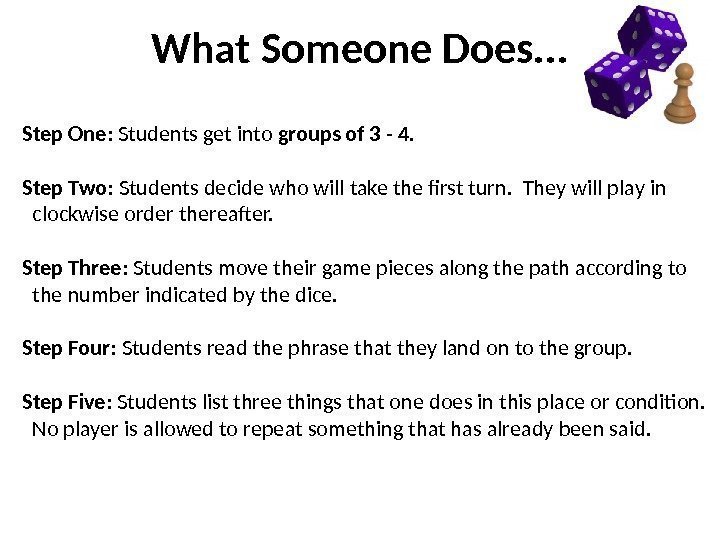
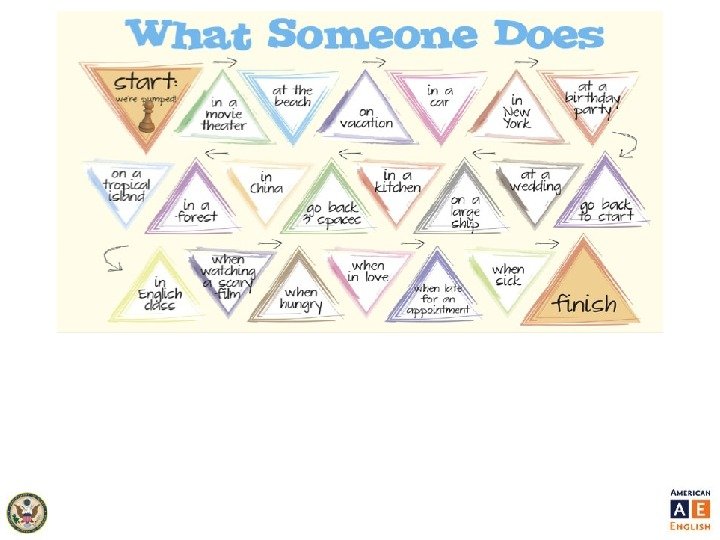
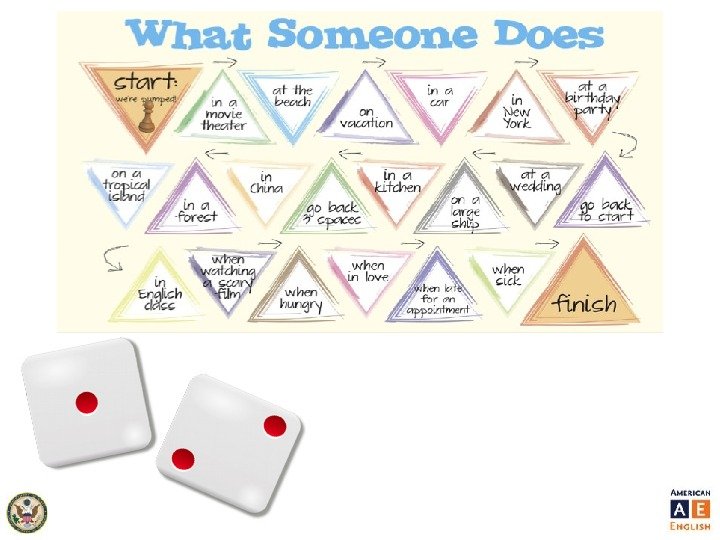
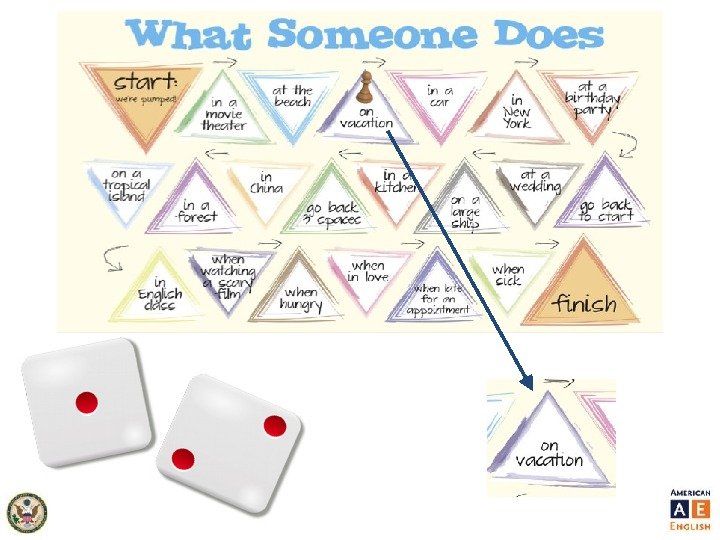
5.1funwithgrammar_ning_part1.ppt
- Размер: 4.6 Мб
- Автор:
- Количество слайдов: 27
Описание презентации Fun with Grammar: Bringing Language Learning to по слайдам
 Fun with Grammar: Bringing Language Learning to Life through Games Kate Bain and Lauren Whitaker
Fun with Grammar: Bringing Language Learning to Life through Games Kate Bain and Lauren Whitaker
 Poll Questions: 1. Agree / Disagree: The focus of grammar instruction should always be direct teaching of rules. 2. Grammar games can help students ______ grammar structures. 3. What should you consider when planning a game for your classroom?
Poll Questions: 1. Agree / Disagree: The focus of grammar instruction should always be direct teaching of rules. 2. Grammar games can help students ______ grammar structures. 3. What should you consider when planning a game for your classroom?



 What words come to mind when you think of “grammar”? important challenging structure exciting practice necessary linguistics fun practical
What words come to mind when you think of “grammar”? important challenging structure exciting practice necessary linguistics fun practical
 What words come to mind when your students think of “grammar”? boring repetitive structure a lot of work difficult “ What’s the point? ”
What words come to mind when your students think of “grammar”? boring repetitive structure a lot of work difficult “ What’s the point? ”
 How is grammar typically taught at your school?
How is grammar typically taught at your school?
 Has this ever happened to you?
Has this ever happened to you?
![Why Games? Reviewing, reusing, and recycling newly encountered [language] is imperative if students are Why Games? Reviewing, reusing, and recycling newly encountered [language] is imperative if students are](http://present5.com/presentforday2/20170223/5.1funwithgrammar_ning_part1_images/5.1funwithgrammar_ning_part1_9.jpg) Why Games? Reviewing, reusing, and recycling newly encountered [language] is imperative if students are to fully own [it]. — Nico Lorenzutti
Why Games? Reviewing, reusing, and recycling newly encountered [language] is imperative if students are to fully own [it]. — Nico Lorenzutti
 Why Games? Games. . . 1. Lower the affective filter 2. Increase student talk time 3. Encourage personal involvement 4. Allow teachers to informally assess students 5. Motivate students 6. Involve everyone in class 7. Allow for fun practice of language
Why Games? Games. . . 1. Lower the affective filter 2. Increase student talk time 3. Encourage personal involvement 4. Allow teachers to informally assess students 5. Motivate students 6. Involve everyone in class 7. Allow for fun practice of language
 What is the purpose of using games in class? to reinforce what has already been taught
What is the purpose of using games in class? to reinforce what has already been taught
 Meeting Educational Goals • What specific grammar point are you aiming to introduce or practice with this game? • Are the instructions and rules easy to understand? • Does the level of difficulty match the class skill level? • Does the game require maximum student engagement? • Will this game cause a classroom management issue?
Meeting Educational Goals • What specific grammar point are you aiming to introduce or practice with this game? • Are the instructions and rules easy to understand? • Does the level of difficulty match the class skill level? • Does the game require maximum student engagement? • Will this game cause a classroom management issue?

 Setting up the Grammar Game Classroom Dice Game Pieces Boards Group Size Procedure Time Limit
Setting up the Grammar Game Classroom Dice Game Pieces Boards Group Size Procedure Time Limit
 No dice or game pieces? No problem!
No dice or game pieces? No problem!
 Game Boards
Game Boards
 Activate: Games for Learning American English Grammar Focus: Present Perfect Levels: Intermediate/Advanced Aims: • Practice present perfect form • Enhance conversational skills • Maintain interest in classroom topics
Activate: Games for Learning American English Grammar Focus: Present Perfect Levels: Intermediate/Advanced Aims: • Practice present perfect form • Enhance conversational skills • Maintain interest in classroom topics
 Have You Ever? Oh, When? Step One: Students get into groups of 3 — 4. Step Two: Students decide who will take the first turn. They will play in clockwise order thereafter. Step Three: Students move their game pieces along the path according to the number indicated by the dice. Step Four: Students read the question that they land on to the group. Step Five: Each student replies. If they answer “yes, ” they should describe the last time they did the activity. If the answer is “no, ” they should describe a related activity that they have done.
Have You Ever? Oh, When? Step One: Students get into groups of 3 — 4. Step Two: Students decide who will take the first turn. They will play in clockwise order thereafter. Step Three: Students move their game pieces along the path according to the number indicated by the dice. Step Four: Students read the question that they land on to the group. Step Five: Each student replies. If they answer “yes, ” they should describe the last time they did the activity. If the answer is “no, ” they should describe a related activity that they have done.



 Activate: Games for Learning American English Grammar Focus: • Present Simple Levels: • Any Aims: • Practice present simple form • Enhance conversational skills • Maintain interest in classroom topics
Activate: Games for Learning American English Grammar Focus: • Present Simple Levels: • Any Aims: • Practice present simple form • Enhance conversational skills • Maintain interest in classroom topics
 What Someone Does. . . Step One: Students get into groups of 3 — 4. Step Two: Students decide who will take the first turn. They will play in clockwise order thereafter. Step Three: Students move their game pieces along the path according to the number indicated by the dice. Step Four: Students read the phrase that they land on to the group. Step Five: Students list three things that one does in this place or condition. No player is allowed to repeat something that has already been said.
What Someone Does. . . Step One: Students get into groups of 3 — 4. Step Two: Students decide who will take the first turn. They will play in clockwise order thereafter. Step Three: Students move their game pieces along the path according to the number indicated by the dice. Step Four: Students read the phrase that they land on to the group. Step Five: Students list three things that one does in this place or condition. No player is allowed to repeat something that has already been said.



